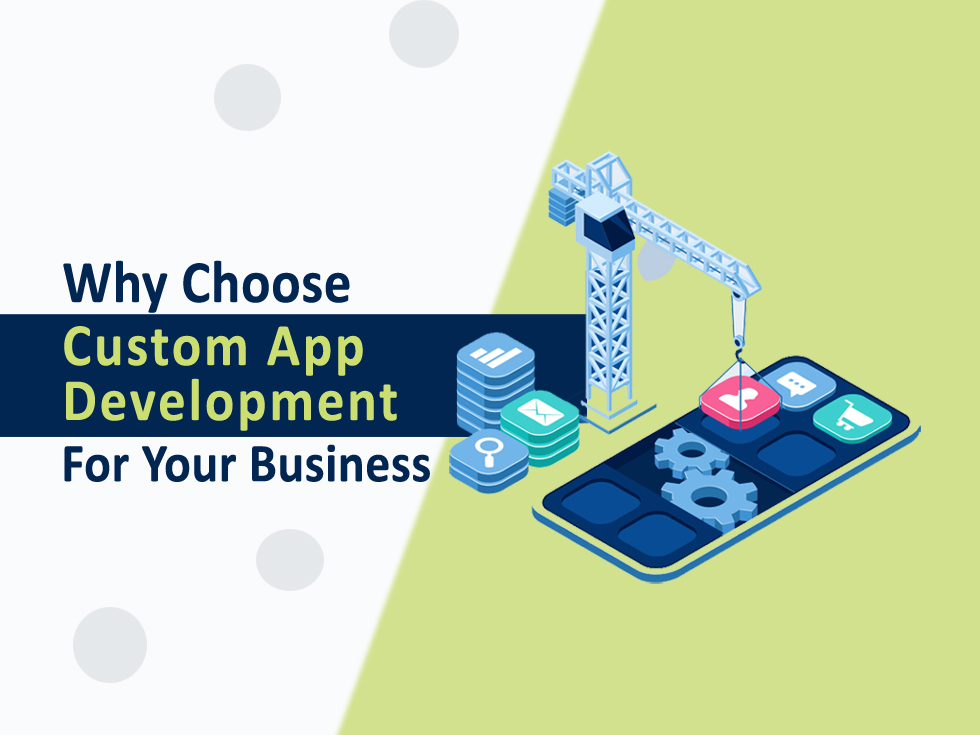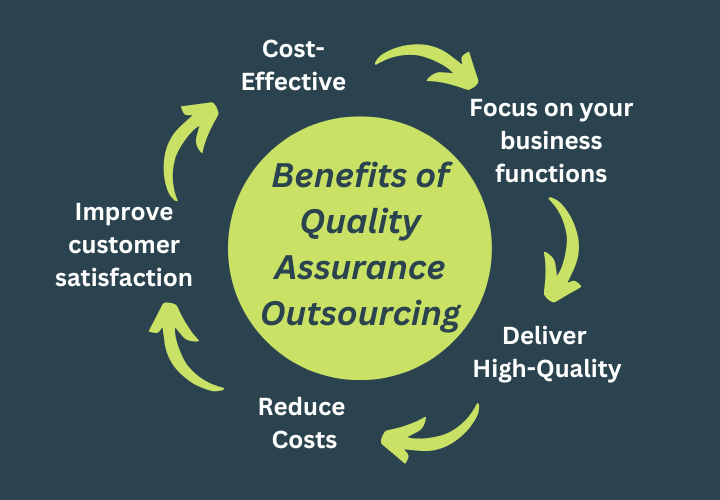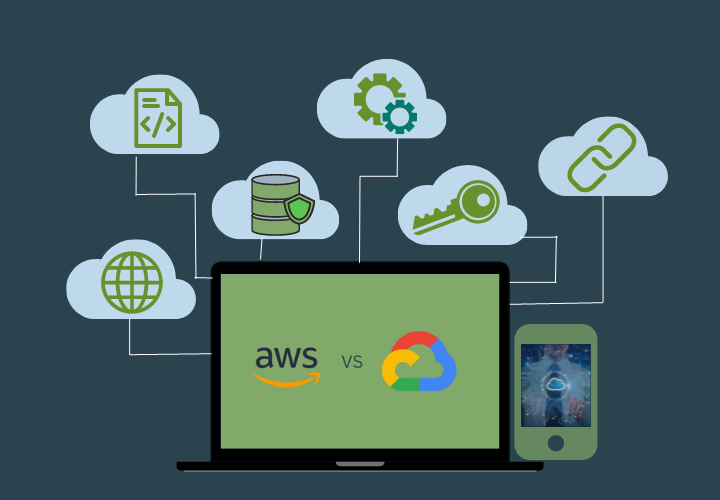
Technical feasibility is a pivotal aspect of software development company, playing a crucial role in determining the viability of implementing a proposed solution. It involves a thorough examination of the technology required to build the software and ensuring that it is not only available but also functional and within budget. In this comprehensive guide, we delve deep into the realm of technical feasibility, unraveling its key components, and offering insights into conducting effective assessments for successful software development endeavors.
Unpacking Technical Feasibility
Technical feasibility revolves around evaluating the practical aspects of implementing a software solution. This entails scrutinizing various factors, including:
- Technology Stack: Delving into the availability and suitability of programming languages, frameworks, databases, and other tools essential for software development.
- Infrastructure: Assessing the hardware and software infrastructure needed to support the application, encompassing servers, network components, and cloud services.
- Skills and Expertise: Gauging whether the development team possesses the requisite skills and expertise to not only build but also maintain the software effectively.
- Integration: Identifying the compatibility of the proposed solution with existing systems and the feasibility of integrating it seamlessly into the organization’s ecosystem.
Key Steps in Conducting Technical Feasibility Assessments
- Requirement Analysis: Embark on the journey by meticulously gathering requirements from stakeholders to gain a profound understanding of the project’s scope and the anticipated functionality of the software.
- Technology Evaluation: Dive into research to explore and evaluate a myriad of technologies, tools, and platforms that align harmoniously with the project requirements. This involves factoring in elements such as scalability, security, and ease of maintenance.
- Proof of Concept (PoC): Take a proactive stance by developing a proof of concept to validate the feasibility of the selected technology stack. This serves as a tangible demonstration of the solution’s viability, offering stakeholders a glimpse into its potential.
- Infrastructure Planning: Pave the way for seamless execution by meticulously planning the infrastructure requirements, encompassing hardware, software, and hosting solutions. The objective is to ensure scalability and performance while adhering to budget constraints.
- Skill Assessment: Conduct a thorough assessment of the development team’s skills and expertise, identifying any potential gaps that may necessitate additional training or recruitment efforts.
- Risk Assessment: Mitigate potential risks and challenges by proactively identifying them and formulating robust strategies to address them. This ensures that the project progresses smoothly, minimizing the likelihood of setbacks.
Factors Influencing Technical Feasibility
Several factors can exert influence on the technical feasibility of a software development project:
- Complexity of Requirements: Projects laden with intricate functionality or integration requirements may pose technical challenges that demand specialized expertise.
- Resource Constraints: Limitations pertaining to budget, time, or access to technology can impede the feasibility of implementing certain features or functionalities.
- Technology Trends: The ever-evolving landscape of technology can significantly impact the availability and relevance of certain tools and frameworks, necessitating a continuous evaluation of options.
- Scalability and Performance: Anticipating future growth and ensuring that the chosen technology stack can accommodate increasing demands is paramount for sustained success.
Significance of Technical Feasibility Analysis
A meticulous technical feasibility analysis holds immense significance for several reasons:
- Risk Mitigation: Identifying technical risks at the outset enables proactive mitigation measures, thereby reducing the likelihood of project delays or failures.
- Resource Allocation: An accurate assessment of technology needs facilitates the effective allocation of resources, optimizing both budgetary allocations and manpower utilization.
- Stakeholder Alignment: Clear and transparent communication of technical feasibility outcomes ensures alignment between stakeholders and development teams, fostering a shared understanding of project expectations.
- Project Success: Ensuring technical feasibility enhances the prospects of delivering a successful software solution that not only meets business objectives but also exceeds user expectations.
Tools and Techniques for Technical Feasibility Assessment
- Prototyping Tools: Employ prototyping tools such as Sketch, Figma, or Adobe XD to craft interactive prototypes that vividly illustrate key functionalities and user interactions.
- Architecture Diagrams: Leverage tools like Lucidchart or Microsoft Visio to craft comprehensive architecture diagrams that delineate system components, data flows, and integration points.
- Performance Testing Tools: Harness the power of performance testing tools like JMeter or Gatling to gauge system scalability, response times, and resource utilization accurately.
- Code Analysis Tools: Employ static code analysis tools such as SonarQube or ESLint to unearth code quality issues and ensure adherence to established coding standards.
Conclusion
Technical feasibility stands as a cornerstone of software development, wielding immense influence over project success. By undertaking meticulous assessments and harnessing appropriate tools and techniques, development teams can navigate the intricate labyrinth of technology implementation with confidence and competence. This guide serves as a comprehensive roadmap for evaluating technical feasibility, underscoring its criticality in delivering resilient and scalable software solutions that seamlessly align with business imperatives and surpass user expectations.
Related Posts

Why Choose Custom App Development for Your Business?
Mobile apps are gaining momentum nowadays as majority of the businesses are turning online. Having said that, customised apps helps…

What are the importance and benefits of quality assurance outsourcing?
Quality assurance outsourcing is now a popular option for all businesses that want to ensure the highest quality of their…

The Ultimate Cloud Showdown: AWS vs. Google Cloud Platform Who will come out on top?
Today, in the world of cloud computing, there are two platforms that are competing in this industry: Amazon Web Services…
